Home>Interior Design>How To Make A Living Room Lighter: 10 Interior Designer Tips
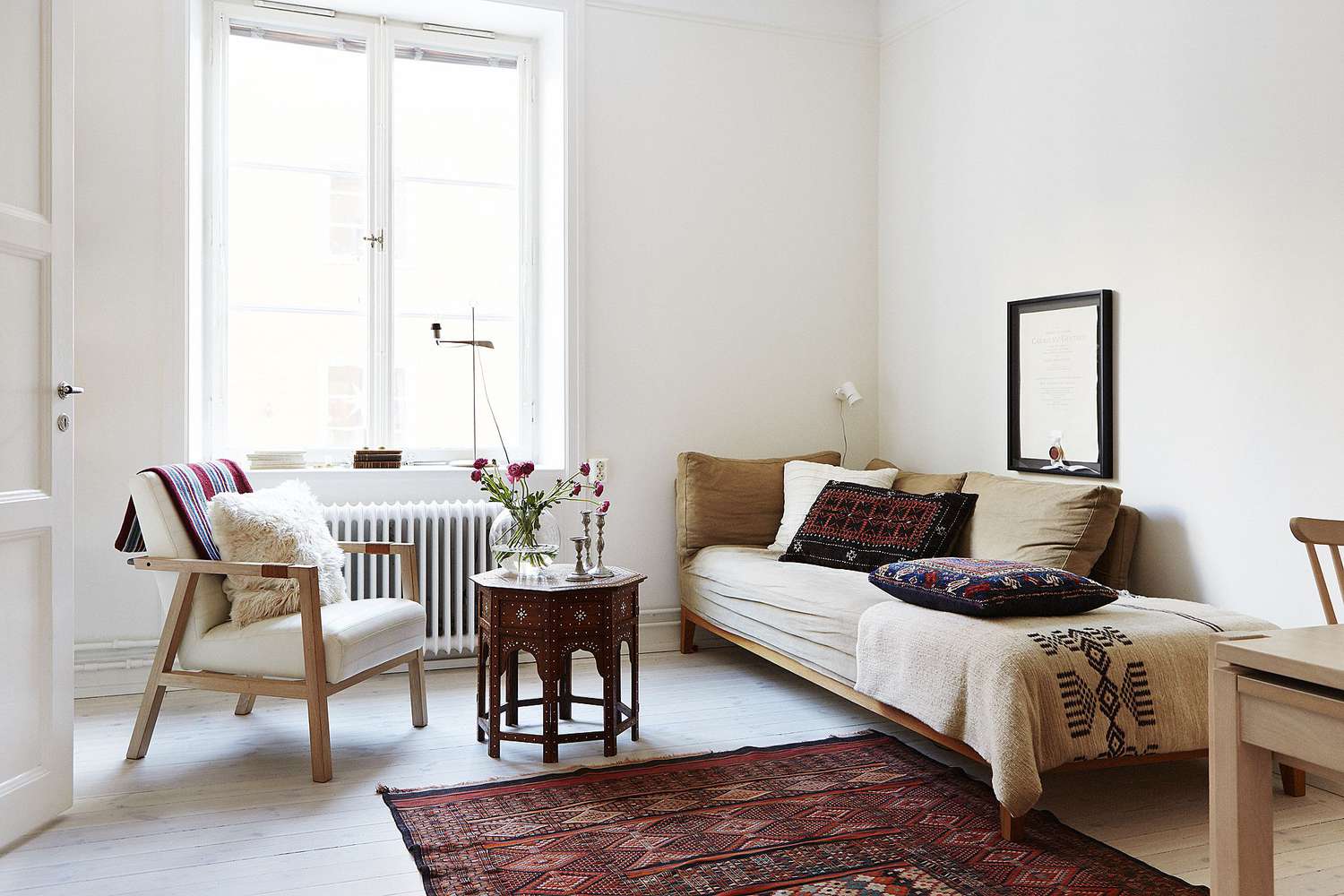

Interior Design
How To Make A Living Room Lighter: 10 Interior Designer Tips
Modified: September 1, 2024
Learn 10 expert interior design tips to make your living room brighter and more inviting. Transform your space with these easy and effective techniques.
(Many of the links in this article redirect to a specific reviewed product. Your purchase of these products through affiliate links helps to generate commission for Storables.com, at no extra cost. Learn more)
Introduction
Welcome to the world of interior design, where creativity meets functionality. One of the key considerations when designing a living room is how to create a space that is bright, inviting, and full of life. A lighter living room can make a significant difference in the overall ambiance of your home, providing a sense of openness, tranquility, and positivity. Whether you have a small or large living room, there are various techniques that interior designers utilize to make a living room lighter.
In this article, we will explore 10 expert tips from interior designers on how to make a living room lighter. These tips range from simple adjustments to more transformative changes, all aimed at maximizing natural light, incorporating reflective surfaces, and utilizing light tones and textures to brighten up your space.
Before we dive into the specific tips, it’s important to note that every living room is unique, and what works for one space may not work for another. It’s essential to consider your personal style, the size and layout of your living room, and any existing elements that you want to highlight or downplay.
Now, let’s discover the secrets and techniques that professional interior designers use to create light-filled and airy living rooms.
Key Takeaways:
- Embrace light-colored paint, mirrors, and optimized natural light to create a brighter, more spacious living room. Incorporate lightweight furniture and reflective surfaces for an airy, inviting ambiance.
- Declutter, choose lighter fabrics, and install proper lighting fixtures to enhance the overall brightness and visual appeal of your living room. Select light-colored accessories to tie the room together and create a sense of tranquility.
Read more: How To Update Your Living Room
Use Light-colored Paint
When aiming to make your living room lighter, the first step is to consider the color of your walls. Opting for light-colored paint can instantly brighten up a space, making it feel more spacious and airy. Light colors reflect natural and artificial light, bouncing it around the room and creating a sense of brightness.
Neutral shades such as white, cream, beige, and pastel tones work best to achieve a light and open atmosphere. These colors also have the added benefit of being versatile and timeless, allowing you to easily change your furniture and decor without worrying about clashing with the wall color.
If you prefer a bit more depth and warmth, consider using light shades of grey, blue, or green. These colors can still achieve a lighter look while adding a subtle touch of color to the space. However, avoid using extremely dark or bold colors on your walls, as they can absorb light and make the room feel smaller and more enclosed.
In addition to the color itself, the finish of the paint can also impact how light is reflected. Opt for a satin or semi-gloss finish, as these tend to be more reflective and can brighten up the room even further.
Remember, painting your walls is a relatively easy and affordable way to transform the look and feel of your living room. It’s a great starting point when trying to make the space lighter and more welcoming.
Incorporate Mirrors
Mirrors are a powerful tool when it comes to making a living room lighter and brighter. They have the magical ability to reflect light and create the illusion of a larger space. By strategically placing mirrors throughout your living room, you can maximize the natural light and enhance the overall brightness of the room.
One effective way to use mirrors is by positioning them across from windows or other sources of natural light. This allows the mirrors to capture and reflect the light, bouncing it around the room and creating a sense of expansiveness. If your living room has limited natural light, you can also use mirrors to reflect artificial light from lamps or ceiling fixtures, further enhancing the brightness in the space.
In terms of placement, there are various options to consider. A large statement mirror can be hung on a focal wall, serving as a decorative element while also brightening the room. Alternatively, you can create a gallery wall of smaller mirrors, arranged in different shapes and sizes. This adds visual interest to the space while maximizing the reflective properties of the mirrors.
Not only do mirrors enhance the brightness of a living room, but they also have the added benefit of creating a sense of depth and dimension. They can visually double the space, making it feel larger and more open. So, whether you choose a sleek, modern mirror or an ornate, vintage one, incorporating mirrors into your living room is a surefire way to make it lighter and more captivating.
Optimize Natural Light
Maximizing the natural light in your living room is crucial when it comes to creating a brighter and more inviting space. Here are some tips to optimize the natural light in your living room:
- Keep windows clean and unobstructed: Dirty windows can block out precious natural light. Make sure to clean them regularly and remove any obstacles such as heavy curtains or blinds that may impede the light from entering the room. Instead, opt for lighter window treatments or sheer curtains that still provide privacy while allowing ample light to filter through.
- Trim back outdoor foliage: If you have trees or bushes outside your living room windows, make sure to trim them back. Overgrown foliage can block natural light from entering the room. By keeping the greenery well-maintained, you can ensure that sunlight can freely flow inside.
- Use light-filtering window film: If privacy is a concern, consider using light-filtering window film. This thin film can be applied to windows to create a frosted effect, allowing light to pass through while still maintaining privacy.
- Consider skylights or sun tunnels: If your living room is lacking in natural light, you may want to explore the option of installing skylights or sun tunnels. These structures can bring in an abundance of natural light from above, creating a beautiful and airy atmosphere.
- Utilize light-colored window frames: The color of your window frames can impact the amount of light that enters the room. Opt for light-colored frames, such as white or light wood, to maximize the reflection of natural light.
- Use light-enhancing window treatments: Consider using window treatments that enhance the amount of natural light in your living room. Sheer curtains or blinds made with light-filtering materials can diffuse the light and create a softer, brighter ambiance.
By implementing these strategies, you can optimize the natural light in your living room, creating a brighter and more inviting space that feels connected to the outdoors.
Choose Lightweight Furniture
When it comes to creating a lighter living room, the furniture you choose plays a significant role. Opting for lightweight furniture not only enhances the visual appeal but also contributes to a brighter and more spacious atmosphere. Here are some tips to consider:
- Select furniture with open legs: Furniture with open legs, such as sofas, chairs, and coffee tables, allows light to flow underneath and through the space. This creates an illusion of more floor space and keeps the room feeling light and airy.
- Choose furniture with light-colored upholstery: Light-colored upholstery, such as whites, pastels, or neutral tones, can help reflect light and make the room appear brighter. It’s also advisable to choose fabrics with a smooth texture, as they tend to reflect more light than heavily textured materials.
- Opt for furniture with sleek designs: Furniture with sleek and streamlined designs takes up less visual space and gives the impression of a more open room. Avoid bulky and heavy pieces that can make the living room feel cramped and dark.
- Consider furniture with glass or acrylic elements: Incorporating furniture pieces with glass or acrylic elements, like a glass coffee table or acrylic chairs, can create a sense of lightness and transparency in the room. These materials refract light, contributing to the overall brightness of the space.
- Use multi-functional furniture: To optimize space and create a lighter living room, consider furniture pieces that serve multiple purposes. For example, a storage ottoman can be used as a coffee table while providing additional storage space, reducing clutter and maximizing functionality.
- Scale furniture to the room: It’s essential to consider the size of your living room when selecting furniture. Oversized or too many pieces can overpower the space and make it feel smaller and darker. Opt for furniture that fits well within the room’s proportions and leaves ample space for movement.
By incorporating lightweight furniture that is visually appealing and well-suited to your living room’s size and style, you can create a brighter and more comfortable space for relaxation and socializing.
Read more: How To Make A Fort In The Living Room
Remove Heavy Window Treatments
Window treatments, such as heavy curtains or drapes, can greatly impact the amount of natural light that enters your living room and contribute to a darker atmosphere. By removing these heavy window treatments and opting for lighter alternatives, you can instantly make your living room brighter and more inviting. Here are some tips:
- Switch to sheer or light-filtering curtains: Sheer curtains or curtains made from light-filtering materials allow natural light to pass through while still providing privacy. These types of window treatments diffuse the light and create a soft and ethereal ambiance in the room.
- Consider blinds or shades: Blinds and shades offer a sleek and contemporary look while allowing you to control the amount of light that enters the room. Choose light-colored blinds or shades made from light-filtering materials to let in maximum light.
- Use tiebacks or holdbacks: If you still want to keep your curtains but allow more light into the room, consider using tiebacks or holdbacks to gather the fabric and let the sunlight flood in.
- Install window film: Another option to consider is applying window film that provides privacy while allowing light to pass through. Frosted or textured window film can be an excellent choice for maintaining privacy while maximizing natural light.
- Consider window treatments with a light or airy aesthetic: Opt for window treatments with a light and airy aesthetic, such as light-colored linen or lightweight fabrics. These materials can contribute to the overall brightness and visual lightness of the living room.
- Keep windows unobstructed: Ensure that no furniture or decor items are blocking your windows. Keep the area around the windows clear to allow as much natural light as possible to enter the room.
By removing heavy window treatments and opting for lighter alternatives, you can transform your living room into a brighter and more cheerful space. Embrace natural light and let it be the star of the room.
Consider using light-colored paint on the walls, adding mirrors to reflect natural light, and incorporating sheer curtains to allow more light in. These simple changes can make a significant difference in brightening up your living room.
Declutter and Organize
A cluttered and disorganized living room can make a space feel cramped, dark, and overwhelming. To create a lighter and more inviting atmosphere, it’s important to declutter and organize your living room. Here are some tips to get started:
- Remove unnecessary items: Take a critical look at the items in your living room and identify what is essential and what can be removed. Donate or sell items that you no longer need or use to free up space and create a more open feeling in the room.
- Create designated storage areas: Invest in storage solutions such as baskets, shelves, and cabinets to keep your belongings organized and out of sight. Having designated storage areas will help reduce clutter and give your living room a more streamlined appearance.
- Keep surfaces clear: Cluttered surfaces can make a room feel chaotic and crowded. Make it a habit to keep coffee tables, side tables, and shelves clear of excessive decorations or knick-knacks. Select a few meaningful and visually appealing items to display, and store the rest.
- Organize cables and cords: Messy cables and cords can make a living room look cluttered and unorganized. Use cable management solutions or zip ties to keep them neatly organized and hidden from view.
- Create a functional layout: Arrange your furniture in a way that allows for easy traffic flow and maximizes the use of space. Avoid overcrowding the room with too much furniture, as it can make the space feel cramped and visually heavy.
- Implement a regular cleaning routine: A clean living room instantly feels brighter and more inviting. Develop a regular cleaning routine to keep the space tidy, including dusting surfaces, vacuuming or sweeping the floors, and cleaning windows and mirrors to maximize the reflection of light.
Decluttering and organizing your living room not only improves its appearance but also creates a sense of serenity and openness. By removing unnecessary items and implementing effective storage solutions, you can create a lighter and more harmonious living space.
Add Reflective Surfaces
Adding reflective surfaces to your living room can greatly enhance its brightness and create a more light-filled atmosphere. These surfaces bounce light around the room, making it feel more spacious and inviting. Here are some ideas to incorporate reflective surfaces into your living room:
- Hang mirrors: Mirrors are an excellent way to add reflective surfaces to your living room. Place large mirrors strategically across from windows or in areas where they can reflect natural light. This will create the illusion of a larger space and amplify the amount of light in the room.
- Choose furniture with mirrored accents: Consider furniture pieces that have mirrored accents, such as mirrored coffee tables or side tables. These reflective surfaces not only add a touch of elegance but also help to bounce light around the room.
- Incorporate metallic finishes: Metallic finishes, such as silver, chrome, or gold, have a natural reflective quality. Choose furniture or decor items with metallic accents to introduce reflective surfaces and add a touch of glamour to your living room.
- Use glass or acrylic furniture: Furniture made of glass or acrylic materials is inherently reflective. Opt for a glass dining table or acrylic chairs to add a sense of lightness and transparency to your living room.
- Include mirrored or glass shelving: Install shelving units with mirrored or glass surfaces to display decorative items or create a visual focal point in the room. These reflective surfaces not only serve as functional storage but also contribute to the brightness of the space.
- Hang artwork with metallic frames: Choose artwork with metallic frames to introduce reflective surfaces on your walls. This adds a touch of sophistication while still contributing to the overall brightness of the living room.
By incorporating reflective surfaces into your living room, you can maximize the natural and artificial light, creating a brighter and more visually appealing space. Experiment with different forms of reflective surfaces to find the right balance and add a touch of glamour to your living room.
Select Lighter Fabrics and Textures
The choice of fabrics and textures in your living room can greatly influence its overall brightness and visual appeal. By selecting lighter fabrics and textures, you can create a more airy and light-filled space. Here are some tips to guide you:
- Opt for light-colored upholstery: When choosing upholstery for sofas, chairs, and other furniture pieces, go for lighter shades. Light colors reflect more light and help create a brighter atmosphere. Consider fabrics like cotton, linen, or microfiber in light neutrals or pastel tones.
- Embrace sheers and lightweight curtains: Sheer and lightweight curtains allow natural light to filter through while providing a touch of privacy. These fabrics keep the room feeling open and airy, enhancing the overall brightness.
- Introduce textured throw pillows and blankets: While focusing on light fabrics, don’t be afraid to play with textures. Add interest and depth to your living room by incorporating textured throw pillows and blankets. Opt for fabrics like knit, velvet, or faux fur in lighter shades to maintain a sense of brightness.
- Choose light-colored rugs: Select rugs in light colors to help reflect light and make the room appear brighter. Light-colored rugs also create a sense of expansiveness and airiness. Consider options such as light gray, beige, or cream.
- Use translucent or frosted lampshades: When it comes to lighting fixtures, choose lampshades that are translucent or frosted. These shades diffuse the light and create a softer, more diffused glow in the room. This helps to avoid harsh shadows and makes the overall lighting more comfortable.
- Integrate reflective or metallic accent fabrics: Incorporate fabrics with reflective or metallic accents, such as pillows or throws with metallic threads or sequins. These accent pieces add a subtle shimmer and contribute to the overall brightness and visual interest of the room.
- Consider light-colored slipcovers: If your existing furniture upholstery is dark or heavy, you can lighten up the room by using light-colored slipcovers. Slipcovers are a cost-effective way to transform the look of your furniture, making it appear lighter and brighter.
By selecting lighter fabrics and textures, you can create a living room that feels breezy, fresh, and full of light. Experiment with different combinations to find the perfect blend that suits your style and enhances the overall brightness of your space.
Read more: How To Make Living Room Smell Nice
Install Proper Lighting Fixtures
Proper lighting fixtures are essential in creating a lighter and more inviting living room. By strategically choosing and arranging your lighting, you can enhance the brightness and ambiance of the space. Here are some tips to consider:
- Maximize natural light: Letting in as much natural light as possible should be your starting point. Ensure that your windows are clean and unobstructed. Use light-filtering window treatments that allow light to pass through while maintaining privacy.
- Add overhead lighting: Install overhead lighting fixtures to provide general illumination in the room. Consider recessed lights, flush-mounted fixtures, or a statement chandelier. Opt for fixtures with translucent or frosted shades to create a soft and diffused glow.
- Layer lighting with task lights: Incorporate task lighting to provide focused illumination for specific areas or tasks. Place floor lamps or table lamps near reading nooks, workspaces, or seating areas. These additional light sources can help brighten up specific areas and create a cozy ambiance.
- Utilize accent lighting: Use accent lighting to highlight architectural features, artwork, or decorative elements. Consider installing picture lights, track lighting, or adjustable wall-mounted fixtures to add depth and dimension to the room.
- Choose light bulbs with the right color temperature: The color temperature of light bulbs can greatly impact the overall ambiance. Opt for bulbs with a cool white or daylight color temperature (around 5000-6500 Kelvin) for a brighter and more refreshing feel. Avoid bulbs with warm or yellowish tones, as they can make the room appear darker.
- Install dimmer switches: Adding dimmer switches to your lighting fixtures allows you to control the brightness of the room. This gives you the flexibility to adjust the lighting to suit different moods and occasions, from bright and energizing to soft and cozy.
- Consider wall sconces: Wall sconces can add both functional and decorative lighting to your living room. They can be installed on the walls to provide an additional layer of light and create a warm and inviting ambiance.
By selecting the right lighting fixtures and properly arranging them in your living room, you can create a customized lighting scheme that enhances the overall brightness and atmosphere. Experiment with different lighting techniques to find the perfect balance for your space.
Use Light-colored Accessories
When aiming to make your living room lighter, don’t overlook the impact that accessories can have on the overall brightness and visual appeal. By incorporating light-colored accessories, you can further enhance the brightness and create a cohesive and airy atmosphere. Here are some tips to guide you:
- Add light-colored throw pillows and blankets: Use throw pillows and blankets in light hues to add a pop of color and texture to your living room while maintaining a bright and airy feel. Opt for shades like whites, pastels, or light neutrals that complement the overall color scheme.
- Display light-colored artwork: Hang artwork with light-colored backgrounds or motifs to create a visual focal point in the room. Light-colored artwork can brighten up the wall space and add a touch of elegance to the overall decor.
- Choose light-colored vases and decorative objects: Select vases, decorative bowls, and sculptural objects in light and translucent materials. These accessories can create visual interest while contributing to the overall brightness of the living room.
- Use light-colored rugs: Choose a rug in a light color to brighten up the floor space and create a sense of openness. Light-colored rugs can also visually expand the room, making it feel larger and more inviting.
- Opt for light-toned tabletop decor: Select light-colored table lamps, candleholders, and other tabletop decor items to enhance the brightness on surfaces. Light-toned decor pieces can reflect light and add a touch of elegance to the living room.
- Consider light-colored curtains or blinds: If you prefer window treatments that go beyond sheer options, choose light-colored curtains or blinds. These accessories can contribute to the overall brightness of the room while maintaining privacy and controlling the amount of light that enters.
- Use light-colored picture frames: Display your cherished photographs or artwork in light-colored frames. Light-colored frames can blend in seamlessly with the overall decor and create a cohesive look while enhancing the brightness of the living room walls.
By incorporating light-colored accessories, you can enhance the brightness and visual appeal of your living room. These small but impactful elements can tie the whole room together and contribute to a sense of lightness and tranquility in the space.
Conclusion
Creating a lighter and brighter living room is all about embracing the power of light and incorporating design elements that maximize its presence. By following the expert tips from interior designers, you can transform your living room into a space that exudes brightness, openness, and positivity.
Start by using light-colored paint on your walls to instantly create a brighter ambiance. Incorporate mirrors strategically to reflect light and create a sense of spaciousness. Optimize natural light by keeping windows clean and unobstructed, and consider skylights or sun tunnels if needed. Choose lightweight furniture with light-colored upholstery to give a sense of airiness and openness.
Removing heavy window treatments and replacing them with sheer or light-filtering alternatives can help maximize the amount of natural light entering the room. Decluttering and organizing your living room will create a sense of spaciousness and ensure a clutter-free environment. Introducing reflective surfaces, such as mirrors and furniture with mirrored accents, can bounce light and create a brighter atmosphere.
Lighter fabrics and textures add to the brightness of the room. Use light-colored fabrics for upholstery, curtains, and rugs, emphasizing brightness and airiness. Proper lighting fixtures, including overhead lighting, task lighting, and accent lighting, play a crucial role in creating a lighter living room. Incorporate dimmer switches to have control over the brightness levels.
Lastly, select light-colored accessories to enhance the overall brightness and cohesiveness of the room. From throw pillows and artwork to vases and decorative objects, these accessories can add pops of colors while maintaining a light and airy feel.
By implementing these expert tips and incorporating your personal taste and style, you can create a living room that is lighter, brighter, and more inviting. Embrace the power of light and design a space that uplifts your spirits and creates a welcoming environment for you and your loved ones.
Frequently Asked Questions about How To Make A Living Room Lighter: 10 Interior Designer Tips
Was this page helpful?
At Storables.com, we guarantee accurate and reliable information. Our content, validated by Expert Board Contributors, is crafted following stringent Editorial Policies. We're committed to providing you with well-researched, expert-backed insights for all your informational needs.
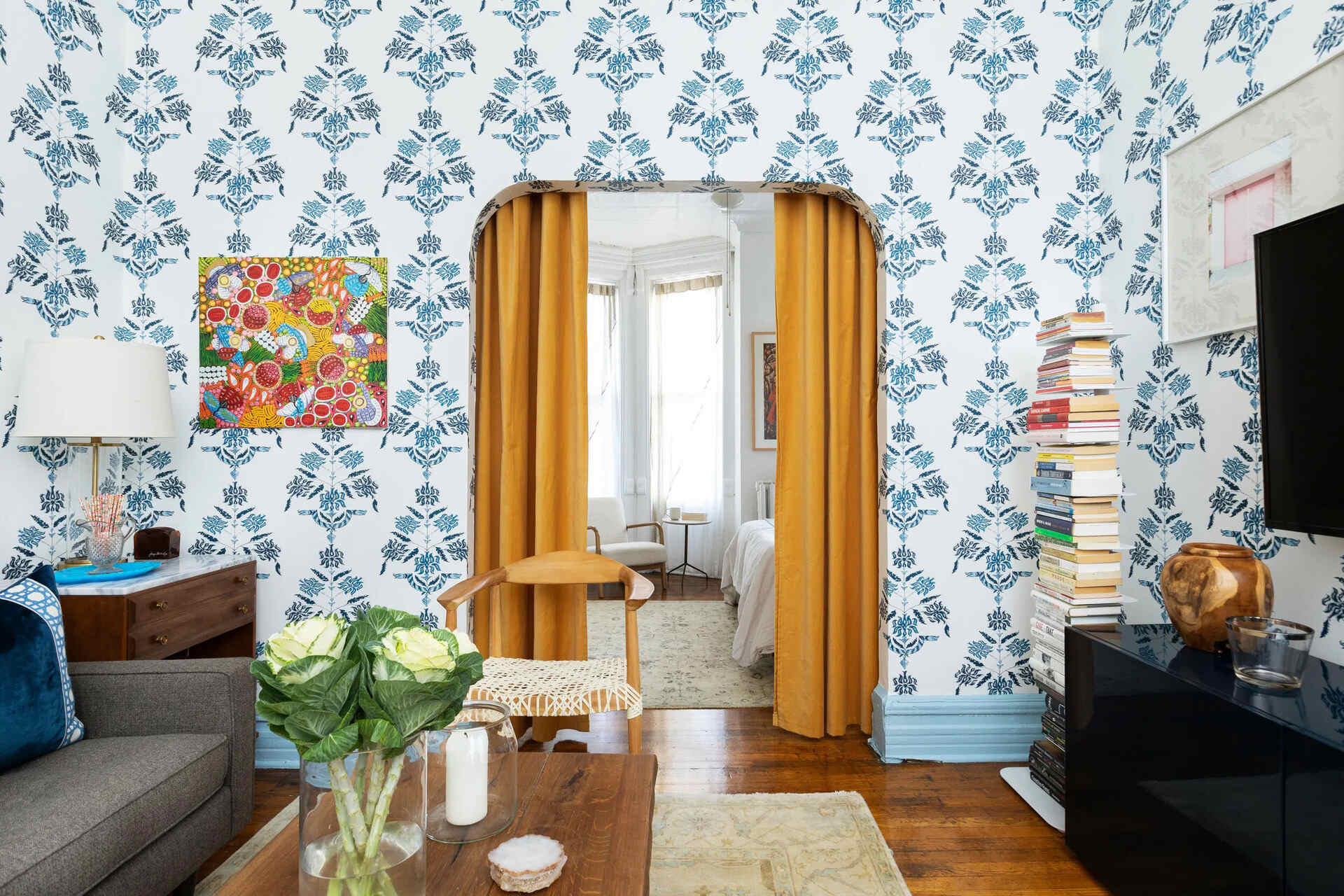
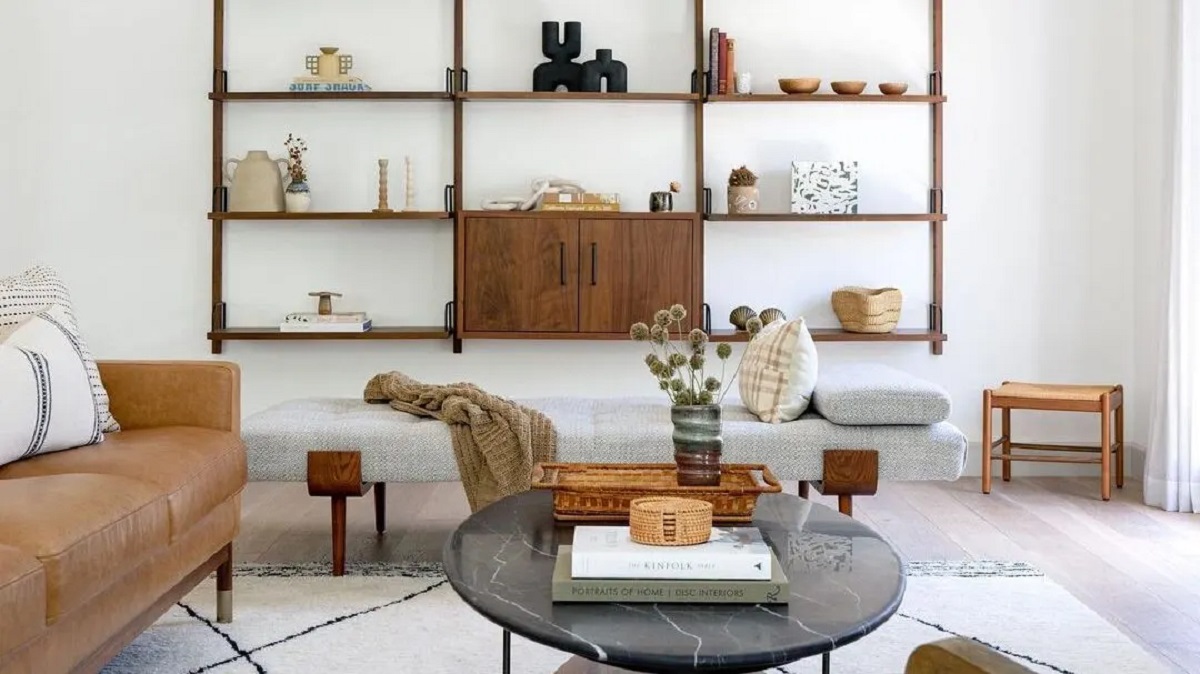

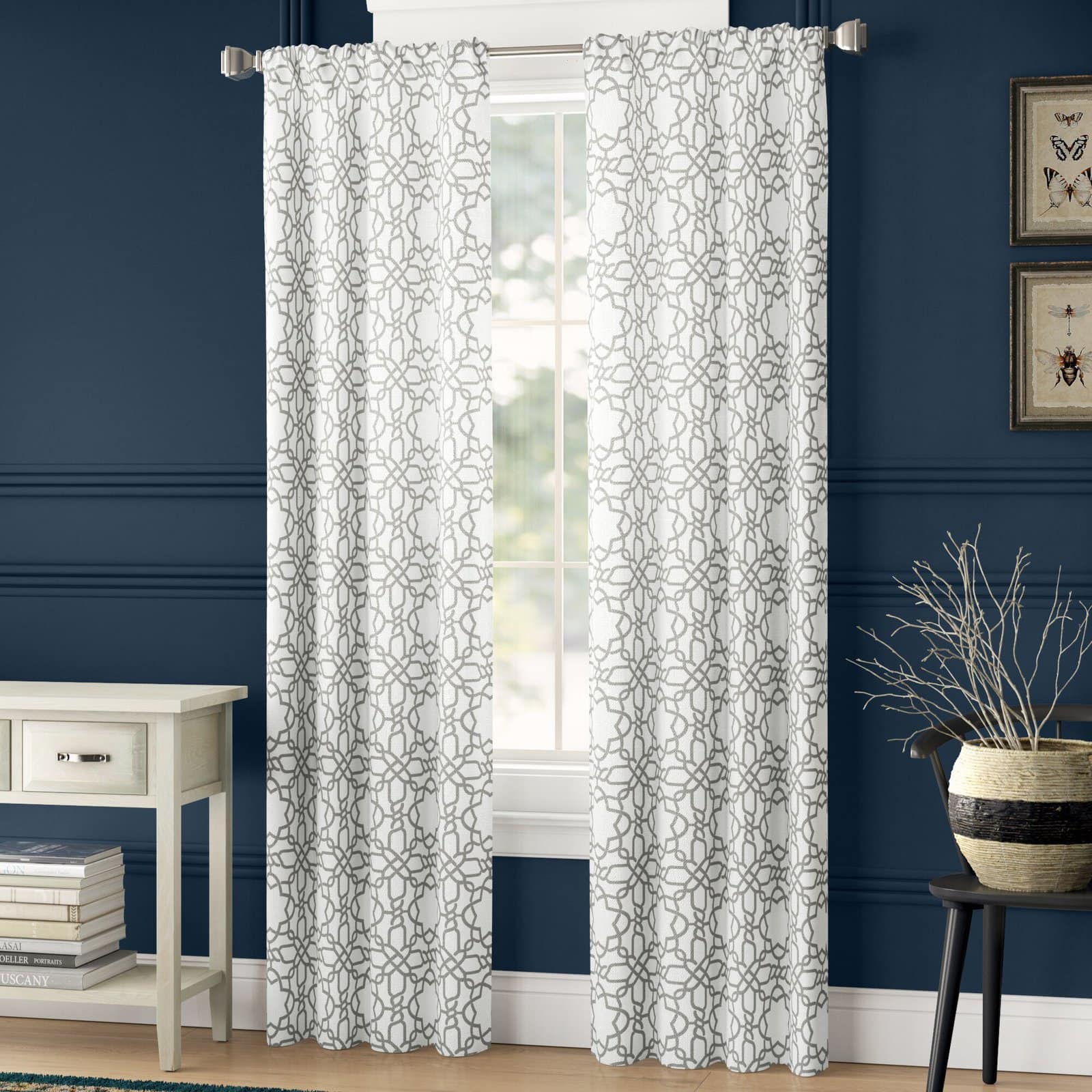
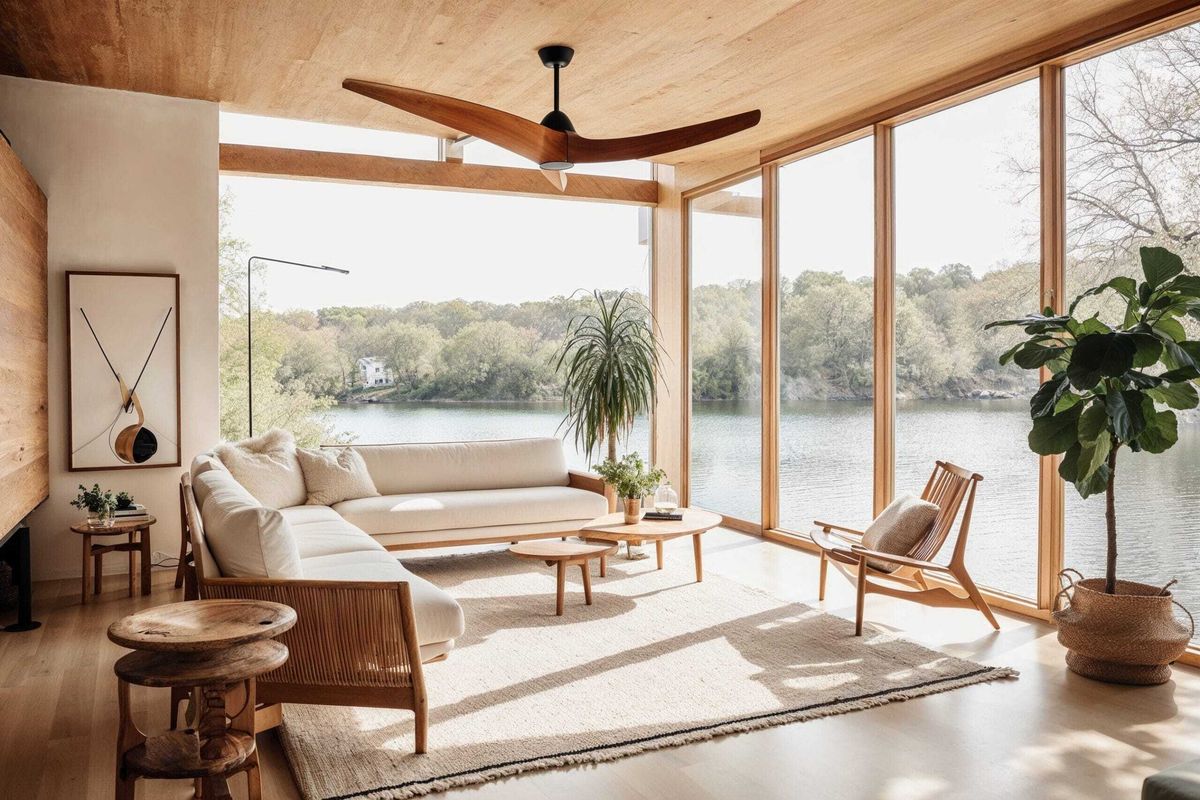
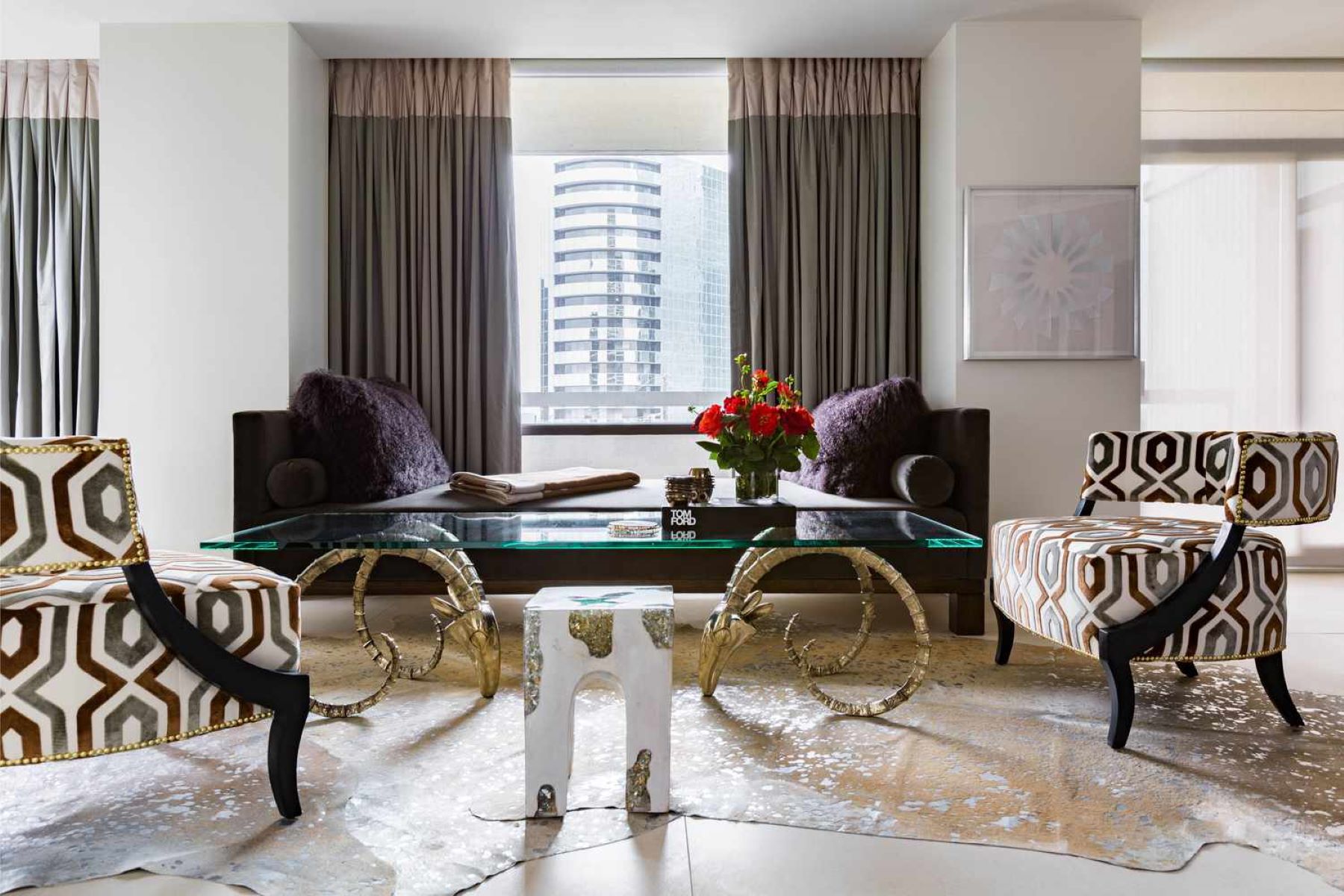
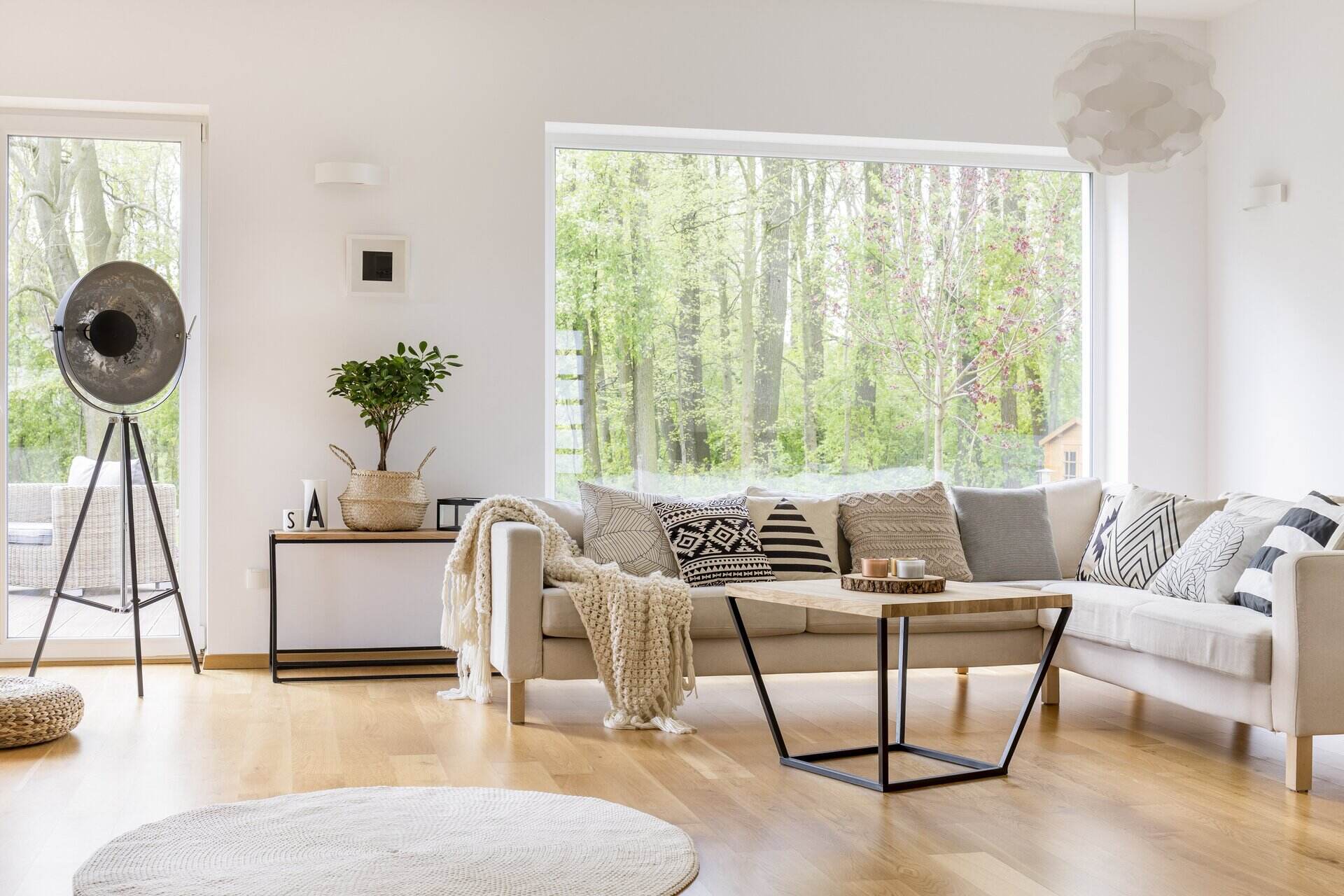
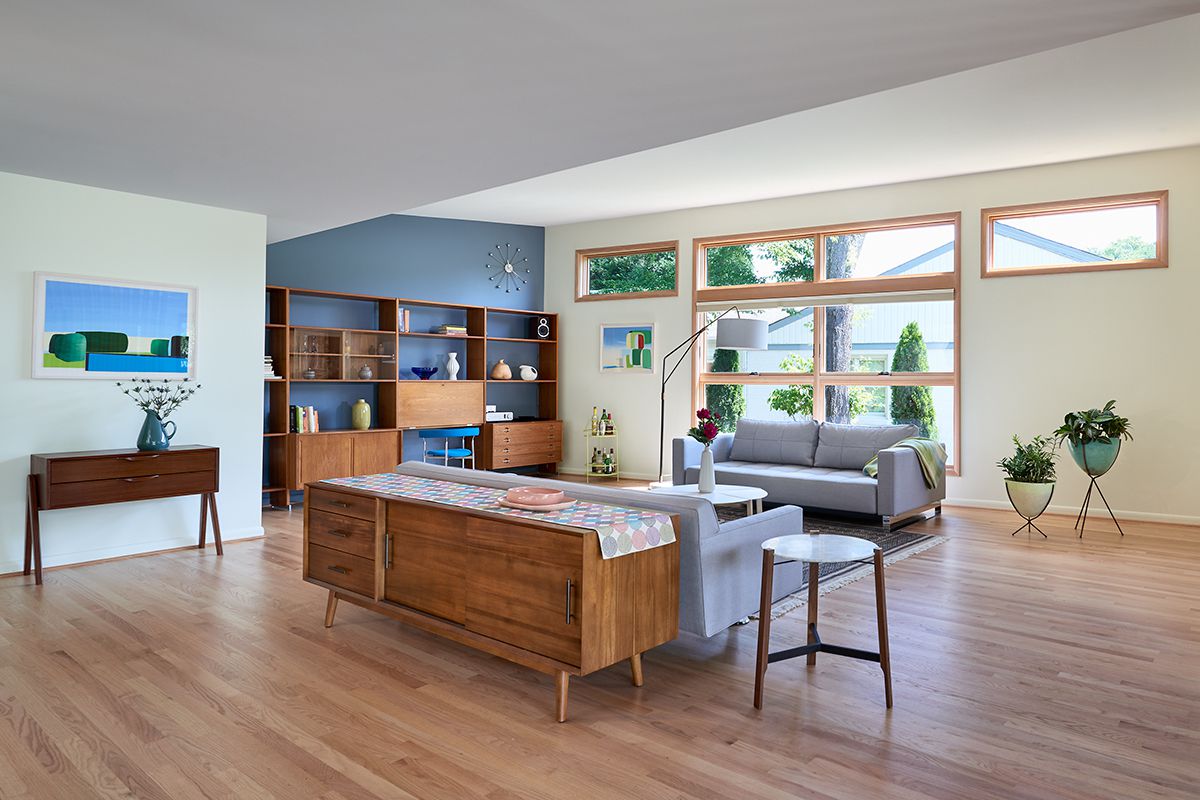
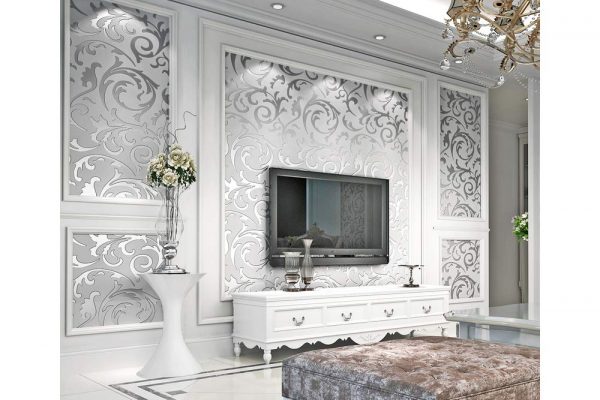
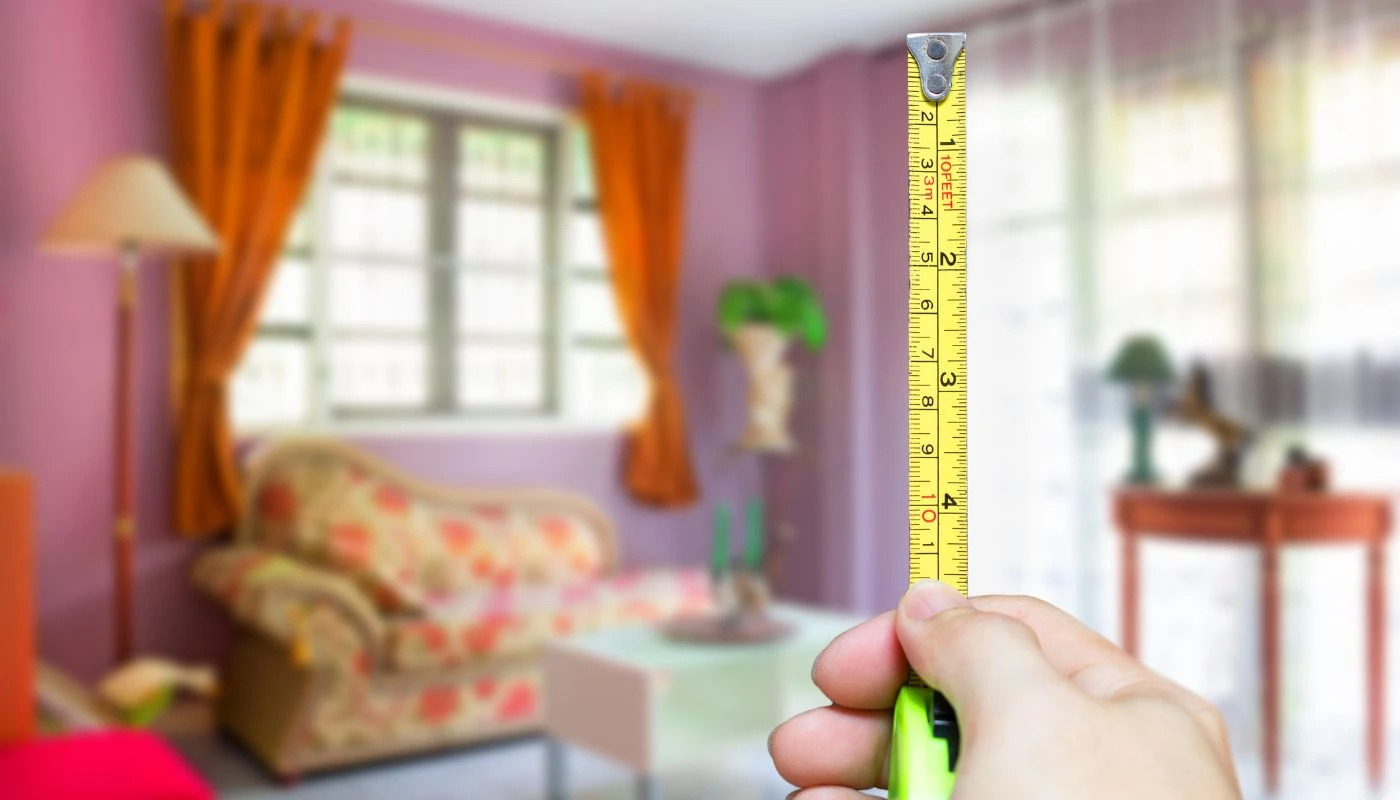
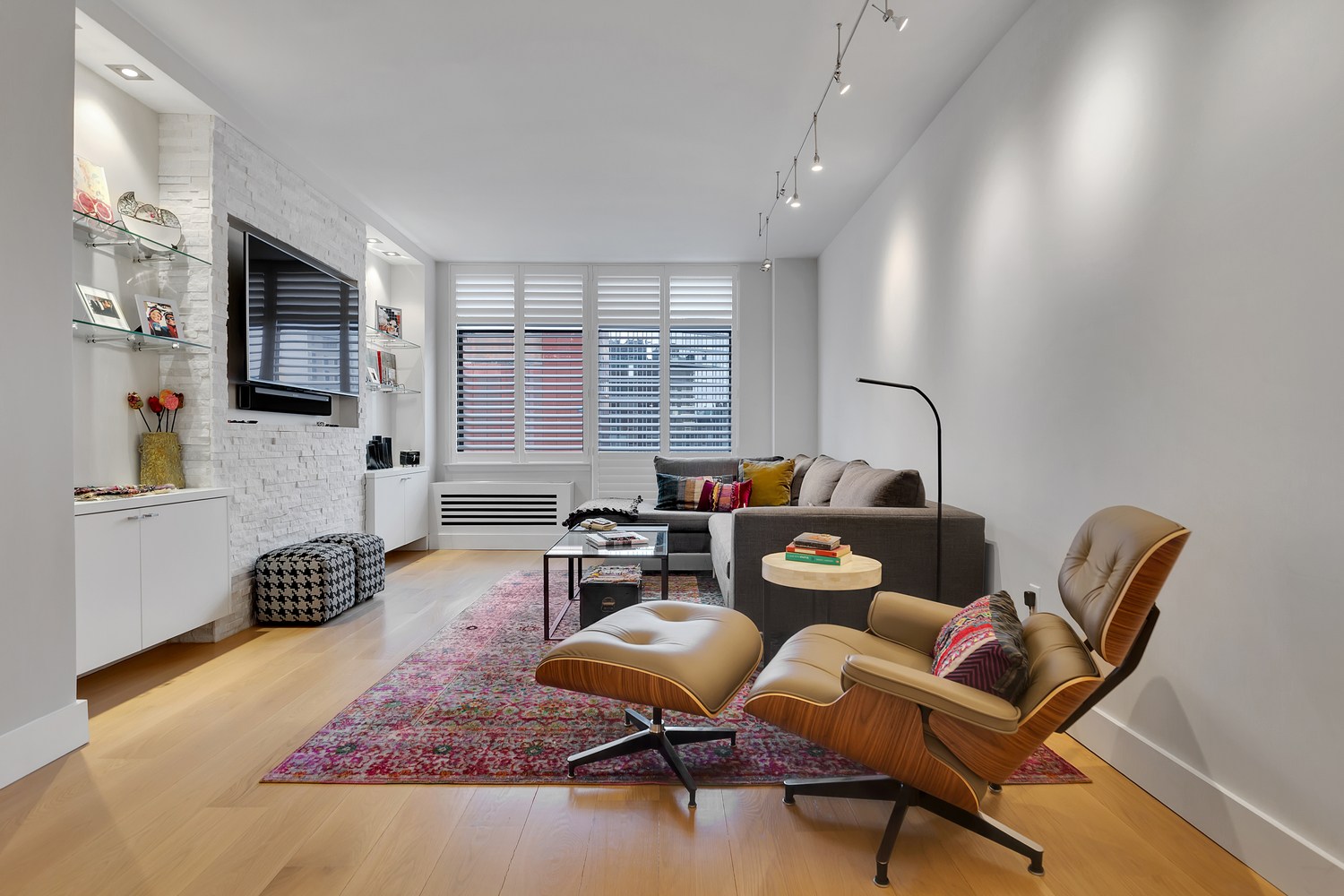
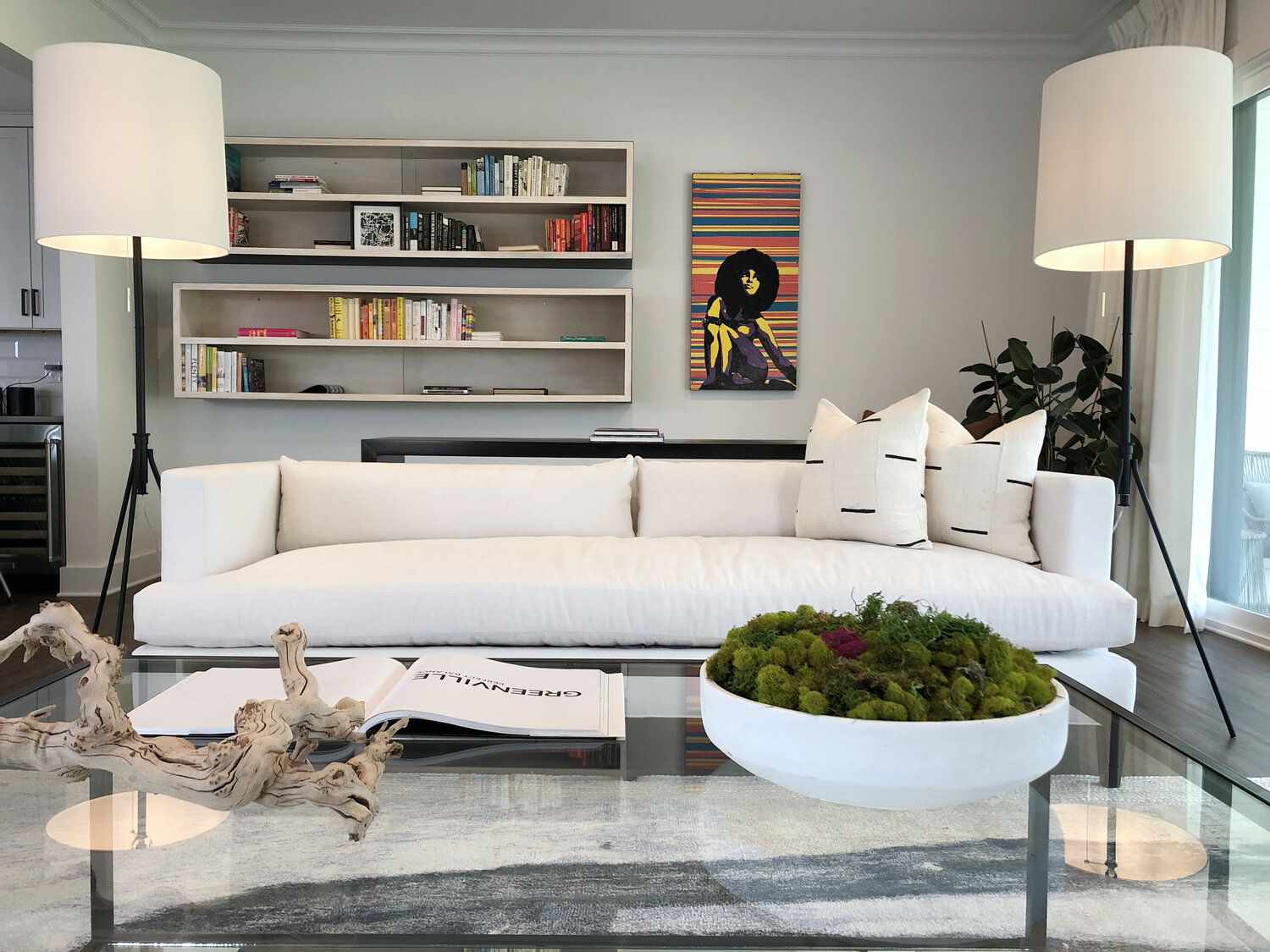
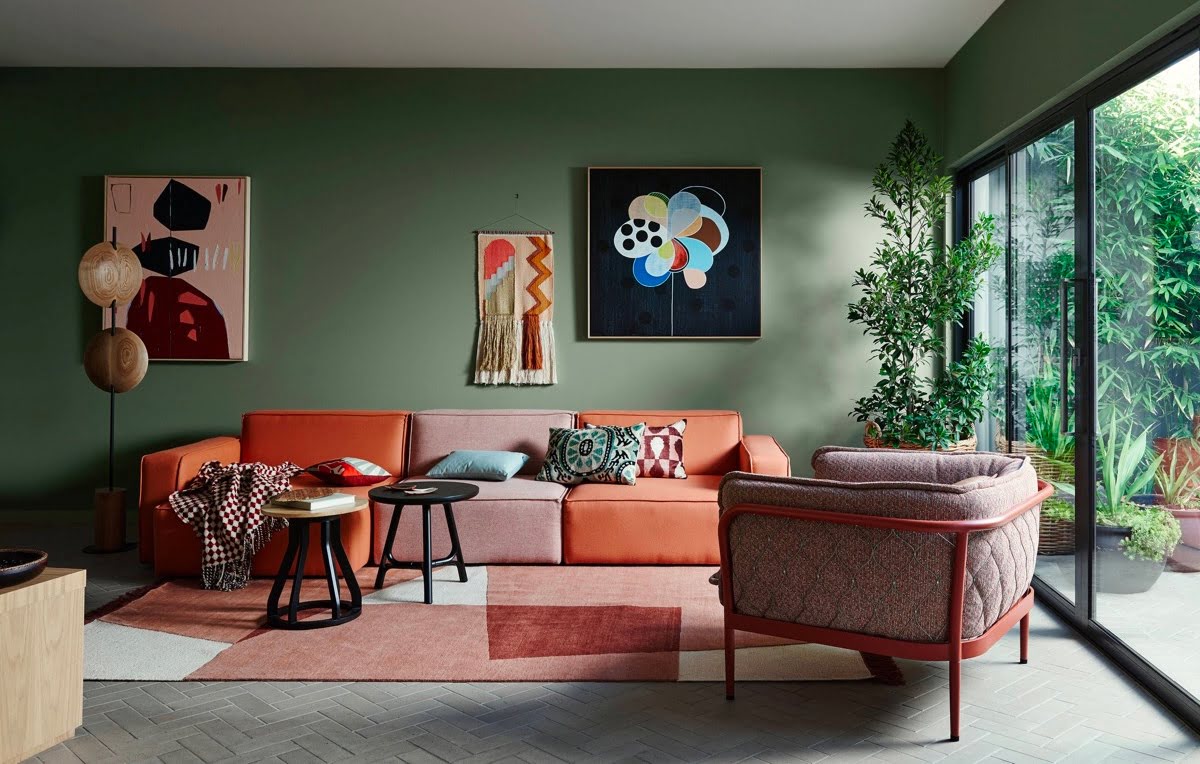

0 thoughts on “How To Make A Living Room Lighter: 10 Interior Designer Tips”